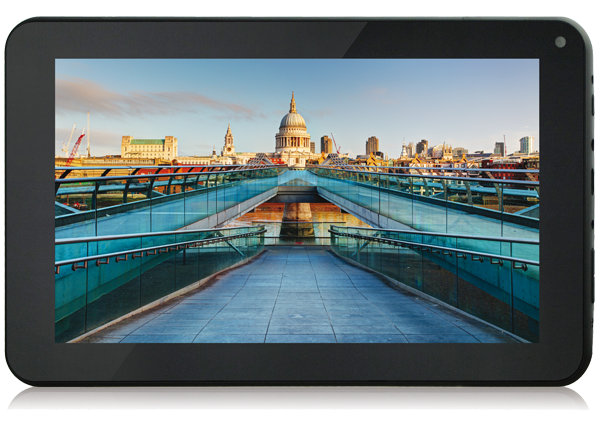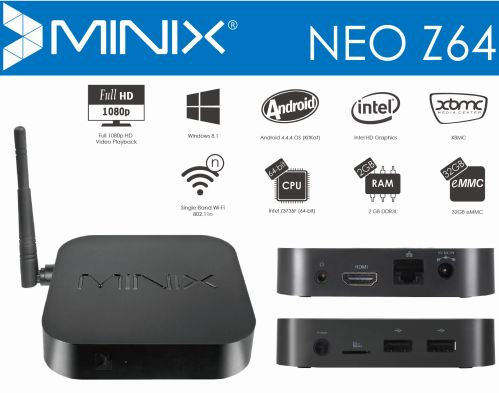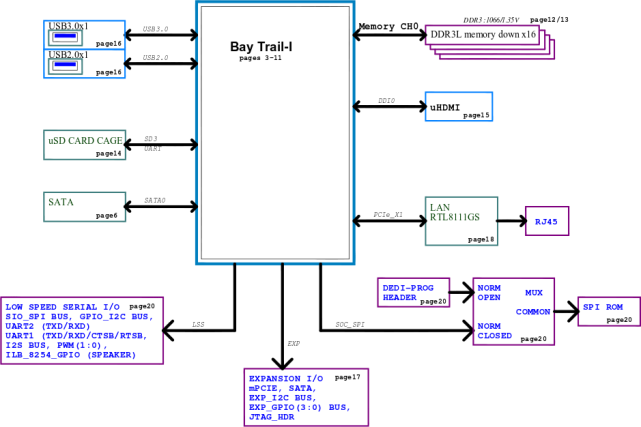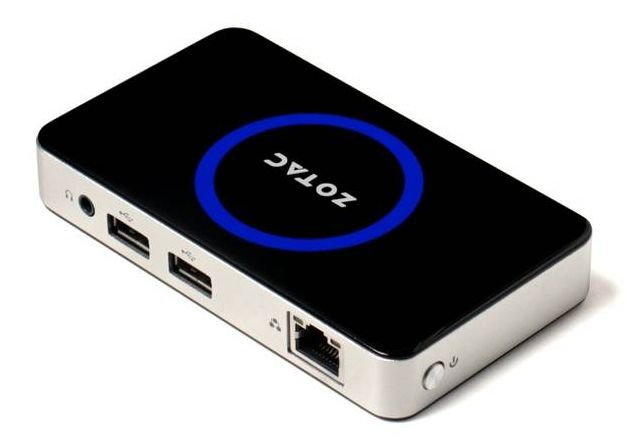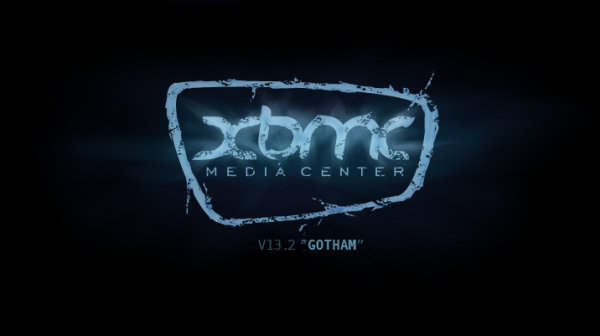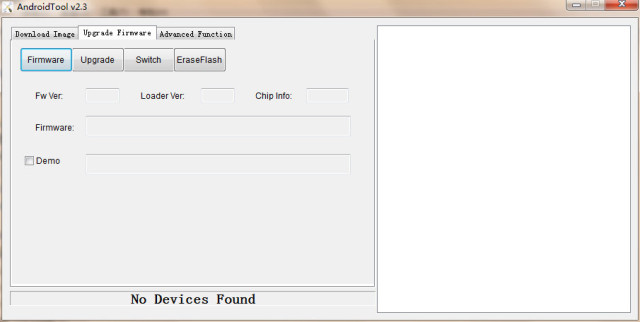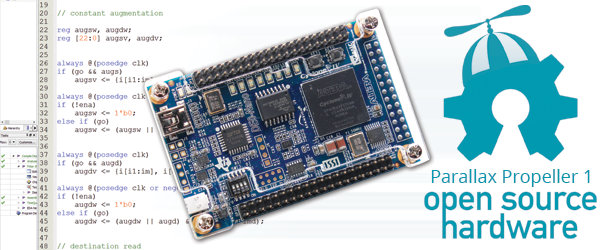When I think about $50 tablets, I think about 512MB RAM, 4GB flash, 800×480 resolution display and so on… But there’s currently a 7″ quad core Android tablet (eZee Tab 7Q11-L) that sells for $46.99 on BuyinCoins including shipping, which has some slightly better specs with 1GB RAM, 8GB flash, and a 1024×600 resolution touchscreen display. Here are the specifications listed on Buyincoins: SoC – Action Semi ATM7029B quad core Cortex A5 class processor @ 1.3Ghz with PowerVR SGX540 GPU System Memory – 1GB DDR3 Storage – 8GB NAND flash and micro SD slot up to 32GB. Display – 7″ multi-touch capacitive touch screen with 1024 x 600 resolution Video Output – micro HDMI Audio Output – 3.5mm audio jack, speaker Connectivity – 802.11 b/g/n Wi-Fi, optional? Bluetooth (RTL8723AS-VT) Camera – 0.3MP front camera Sensors – Accelerometer, “automatic steering display screen”, G-sensor Misc – Volume +/-, power and home buttons […]
MINIX NEO Z64 is an Intel Atom Z3735F Bay Trail mini PC Selling for $129
If you thought the upcoming ZBOX ZOTAC PI320 mini PC powered by Intel Bay-Trail-T Atom Z3735F quad core processor was nice and small (and powerful), but at $199, a little pricey, MINIX NEO Z64 may be what you are looking for. On On the outside, NEO Z64 looks very much like the company’s NEO X8 Android TV Box, but inside it’s powered by the same Z3735F processor with 2GB RAM, and 32GB eMMC, and it’s is expected to sell for just $129. MINIX NEO Z64 specifications: SoC – Intel Atom Z3735F “Bay Trail” quad core processor @ 1.33 GHz (Burst freq up to 1.83 GHz) and Intel HD Graphics System Memory – 2GB DDR3L Storage – 32GB eMMC flash + micro SD slot Connectivity – 10/100M Ethernet, Wi-Fi 802.11n + Bluetooth 4.0 Video Output – HDMI Audio Output – Analog Stereo output, HDMI USB – 2x USB 2.0 Misc – […]
MinnowBoard MAX Schematics, Board layout, Gerber, and BoM Released
MinnowBoard MAX (aka MinnowBoard2) is an embedded board powered by Intel Atom Bay-Trail-I E3815 (single core) or E3825 (dual core) processor, with 1 to 2GB RAM, SATA II, USB 3.0, Gigabit Ethernet ports, and more. The board currently officially supports four operating systems: Debian GNU/Linux, Linux built with the Yocto Project, Android 4.4, and Windows 8.1. One of its main selling point is the price as the single core version sells for $99, and the dual core version for $129, rivalling in price with equivalent ARM based development boards. It’s also an open source hardware board, and as it’s now about to ship, CircuitCo released all hardware files under a Creative Commons CC-BY-SA license, allowing anybody with the right skills to create a clone, or their own hardware. Here are the files that have been released: Schematic (PDF) Schematic (Orcad DSN) Board Layout (Allegro BRD) Gerbers Bill of Materials Schematics […]
ZOTAC ZBOX PI320 is a Pocket-Sized Intel Bay Trail-T Mini PC
If you’re a fan of HDMI TV sticks, but wished it could use an Intel processor, instead of the various ARM processors currently available, your dream may have come true thanks to ZOTAC ZBOC PI320 mini PC. Although it’s not quite as small as your standard HDMI TV stick, it’s small enough (115.5mm x 66mm x 19.2mm) to fit into your pocket, and it’s also much more powerful, as it features Intel Atom Z3735F quad-core Bay Trail-T processor, 2GB RAM, 32GB flash, wired and wireless connectivity and more. ZBOX PI320 pico-series mini PC specifications: SoC – Intel Atom Z3735F “Bay Trail” quad core processor @ 1.33 GHz (Burst freq up to 1.83 GHz) and Intel HD Graphics System Memory – 2GB DDR3L @ 1333 MHz (soldered) Storage – 32GB eMMC flash (soldered) + “3-in-1” card reader (micro SD/SDHC/SDXC) Connectivity – 10/100M Ethernet, Wi-Fi 802.11n + Bluetooth 4.0 (AP6383) Video Output […]
XBMC 13.2 Gotham Final Release
XBMC developers have just released XBMC 13.2, which could be one of the latest, if not the latest release, under the name XBMC, before Kodi 14 makes it debut. Since it’s only a minor release (13.x), there aren’t any new features, only bug fixes, and it should be safe to upgrade from older 13.x release on various supported operating systems and probably, except possibly in some Android TV boxes where you may have a custom version of Android specific to your hardware / SoC. List of changes against XBMC 13.1: Fix audio problems with pass-through on OSX Crash in Android if an app is favourite, then uninstalled from system. Fix crash in Android when entering programs menu in some skins Bitstream conversion fix for some BD mkv iso rips Fix labelcontrols with autowidth set were always marked as dirty (re-render) Update included PVR add-on Set “remote as keyboard” default to […]
How to Upgrade Firmware in Rockchip RK3288, RK3328, RK3399 Android TV Boxes
For some reasons, Rockchip is extremely fond of Windows based firmware tools, and instead of providing a simple SD card method, they’ve continued to use these awful tools to upgrade firmware for Rockchip RK3288, RK3328, RK3399 devices, and other Rockchip based TV boxes. I don’t mean to say these are useless, but they should not be used by end users, unless their device is bricked. Nevertheless, Rockchip has now release version 2.3 of their Android tools for Windows, and GeekBuying has published a guide showing how to do, which I’ll summarize below. Rockchip has also released an updated version for the Linux Upgrade Tool (upgrade_tool) v1.24 that allows you to do the update in Linux. [Update: The latest versions of DriverAssistant (Step 1) and AndroidTool (Step 2) can be found in Rockchip-Linux account in Github] The first thing to do is to make sure you’ve got the latest Rockchip USB […]
Parallax Propeller 1 P8X32A Open Source Multi-core MCU
Lots of electronics devices are now powered by open source software such as Linux, open source hardware is not as wide-spread, but gaining tracking traction thanks to the like of Arduino, Beagleboard.org, Olimex, and many projects on crowdfunding websites, and now we even start seeing some open source silicon. Existing open source processors include LEON3 (SparkV8) MCU, OpenRisc, and just very recently, LowRISC, based on 64-bit RISC-V instruction set architecture, has been announced with the backing of some of Raspberry Pi co-founders, Google ATAP, etc… and is currently being developed at the University of Cambridge, UK. Parallax Propeller 1 P8X32A is another MCU which has been open sourced last week. Propeller 1 P8X32A had however been released in April 2006, and can be sourced as a 40-pin DIP chip for prototyping, and 44-pin QFP and QFN for production, and come with the following key features: Power Requirements: 3.3 VDC […]
100KHz-1.7GHz RTL-SDR USB Tuner Receiver DIY Kit Sells for $33
Software-Defined Radios (SDR) are neat little devices that capture radio signals which are then filtered and decoded by software on your PC or embedded system. The currently used radio spectrum is extremely wide from 3 to 30Hz for submarine communication up to 30 to 300+ GHz or more for applications such as amateur radio or radio astronomy. So the price of hardware needed for SDRs varies greatly depending on the frequency range supported, bandwidth, and other technical parameters. Hobbyists can use “low cost” ($300 – $400) FPGA SDR boards such as bladeRF or HackRF, or go ultra-cheap with $20+ RTL-SDR USB TV tuners. I’ve been informed there’s a development kit sold under the name “100KHz-1.7GHz Full Band UV HF RTL-SDR USB Tuner Receiver DIY Kit” based on the latter, but with extra components, on various sites such as Buyincoins, Ebay, Aliexpress, etc.. for just $33 to $45. The problem with […]


